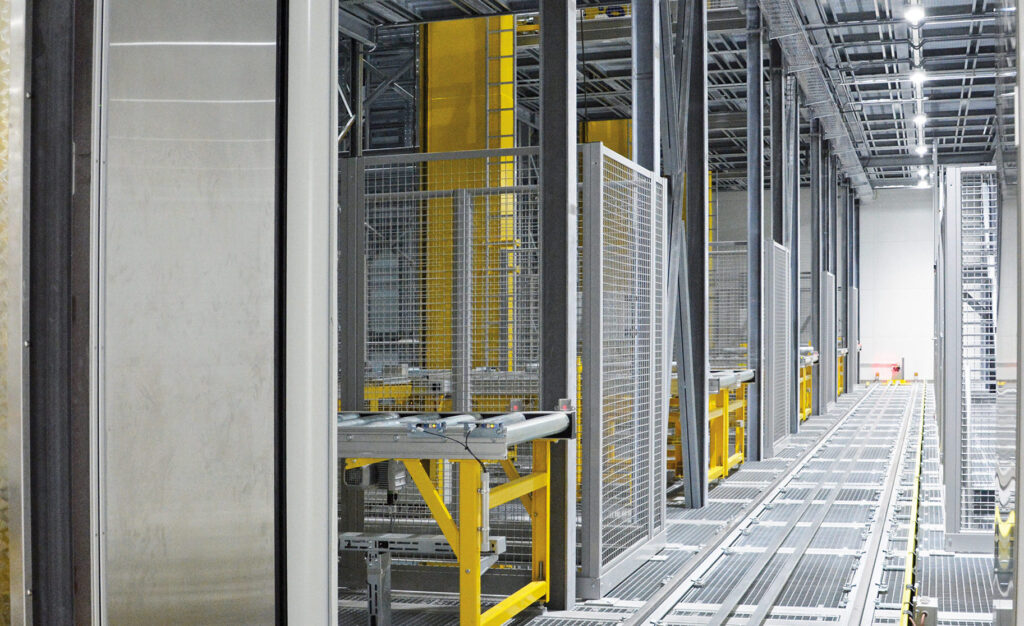
It used to be that most of the innovation in warehousing took place in dry facilities and cold storage was almost an afterthought. With the increasing demand for perishable goods, the industry has experienced significant expansion since the start of the pandemic, growth is expected to continue for the next several years. In fact, the industry is forecasted to experience a compound annual growth rate of 13.7% through 2027, according to a recent market study by Technavio, nearly twice as much as dry warehousing. This has put the cold side of the business in the driver’s seat for new developments.
Some of the key factors driving this trend are:
- Increasing demand for food safety and quality: Consumers are becoming more health-conscious and concerned about the origin and safety of their food, so the demand for cold storage solutions that can maintain food quality and freshness is expected to continue growing. This is driving demand for temperature-controlled warehousing and transportation services.
- Growth of e-commerce: The growth of e-commerce and online grocery shopping has led to increased demand for cold storage facilities that can handle large volumes of perishable goods. As more consumers turn to online shopping for their food needs, the demand for cold storage warehouses and fulfillment centers is likely to grow.
- Expansion of the pharmaceutical industry: The pharmaceutical industry also relies heavily on cold storage facilities to store and transport temperature-sensitive products such as vaccines, biologics, and blood products. As the demand for pharmaceuticals continues to grow, the need for cold storage facilities that can meet regulatory requirements and maintain product integrity will also increase.
- Adoption of automation and robotics: The use of automation and robotics in the cold storage industry is expected to increase, as companies seek to improve efficiency, reduce labor costs and minimize the risk of human error. Automated storage and retrieval systems, robotics and other advanced technologies will become more common in cold storage facilities over the next few years.
These trends result in several notable opportunities for practitioners in the cold storage industry, including:
- Cold chain logistics and supply chain management: Companies that provide cold chain logistics and supply chain management services, such as monitoring and tracking temperature and humidity levels, can ensure the safe and efficient transport of perishable goods.
- E-commerce and direct-to-consumer deliveries: With the rise of e-commerce, consumers are increasingly ordering perishable goods online, creating a need for cold storage facilities that can handle direct-to-consumer deliveries. Companies that provide efficient and reliable cold storage solutions for e-commerce and direct-to-consumer deliveries are likely to succeed.
- Last-mile delivery solutions: The last mile of the supply chain is often the most challenging and expensive. Companies that provide cost-effective and reliable last-mile delivery solutions, such as refrigerated vans and trucks, are in high demand.
- Specialized storage solutions: Some temperature-controlled products require specialized storage conditions, such as high-humidity environments or specific temperature ranges. Companies that provide specialized storage solutions for these products, such as pharmaceuticals or exotic fruits, can differentiate themselves from competitors.
The cold storage industry is in a cycle of significant growth as companies work to meet the increasing demand for temperature-controlled storage and transportation solutions for food, pharmaceuticals, and other perishable goods. Bottom line is that it’s a hot time to be in the cooled air business.

Recent Comments